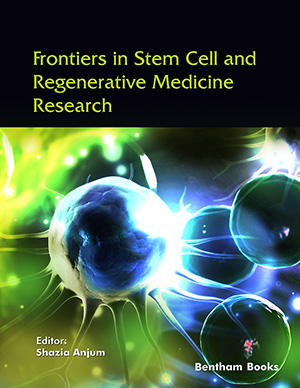
Abstract
Introduction: Niemann-Pick disease type C (NP-C) has an estimated incidence 1/100,000. Is an inherited neurovisceral lysosomal lipid storage disease characterized by progressive neurological deterioration. Different clinical forms have been defined based on patient age at onset: perinatal, early infantile (EI), late-infantile (Li), juvenile and adult. Approximately 95% of patients harbour mutations in NPC1, the remainder in NPC2. To date, miglustat is the only treatment specifically approved in the European Union for the treatment of progressive neurological manifestations in patients with NP-C.
Methods: We have carried out a retrospective, descriptive study by reviewing the clinical histories, for all patients diagnosed with NP-C treated with miglustat followed in the Hereditary Metabolism Diseases Unit of Centro Materno Infantil do Norte – CHPorto.
Results: A total of 6 NP-C patients (4 male and 2 female) were included. Two patients were sisters. The first patient to start treatment with miglustat was in 2009, the year the drug was approved in EU. Categorization of patients on clinical grounds according to age at onset of symptoms identified 1 patient with the EI form of the disease (case 1), 3 patients with the Li form, (case 3 and 4) and 2 patients with the juvenile form (case 5 and 6). The duration of miglustat treatment ranged between 4 months to 7 years; therapy was initiated at different ages of patient, depending on the clinical form. All patients were reported as having neurological manifestations. Among the neurological symptoms, vertical gaze palsy had been observed in all our cases except case 4. The gelastic cataplexy crises appeared in all cases except in the juvenile form. The brain MRI in case 1, 2 and 4 described an increased signal in the white matter and thinning of the corpus callosum only in case 1, none with alterations in brain spectroscopy. In the cases 1, 2 and 3, non-esterified cholesterol deposits were observed in fibroblasts by histochemical staining with filipin. The diagnosis was confirmed with the genetic study, finding mutations in the NPC1 gene in the 6 patients. Cases 1 and 5 died. Case 3 took miglustat for 2 years currently with a 5-domain NPC with a clinical severity scale of 19, whilecase 4 under therapy with the drug for 6 years with a clinical severity score of 18, both Li form. While the case 6 had been taking the medication for 30 months with a clinical severity score of 3.
Conclusion: Sometimes it is difficult to discriminate which are the first neurological symptoms due to the NP-C disease. The progression of the disease is faster when the symptoms start early. Data indicating stabilization and a slower rate of progression of the disease; patients with later onset forms appear as better responders.
 1
1



























